Table of Contents
Introduction to Adobo Powder
Adobo powder (also called adobo seasoning) is a savory dry spice blend commonly used in Latin American cuisine, particularly in Puerto Rican, Mexican, and Cuban cooking. It is not related to the traditional Filipino adobo cooking method, which uses vinegar and soy sauce as a wet marinade. This versatile seasoning provides bold, aromatic flavors to meats, vegetables, and grains with minimal preparation time.
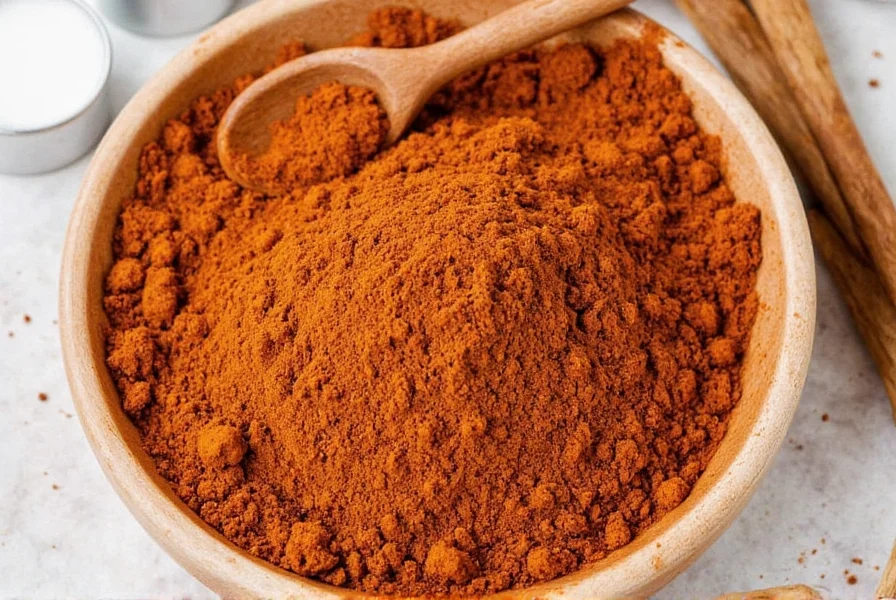
A Brief History of Adobo Seasoning
The term "adobo" originates from the Spanish word for "marinade." In Latin America, it evolved into a dry spice blend for seasoning meats and vegetables. This version became popular in the United States through Puerto Rican and Mexican immigrant communities, where it's now a staple in kitchens for its convenience and rich flavor profile. Authentic Latin American adobo powder differs significantly from Filipino adobo, which is a wet cooking method rather than a dry spice blend.
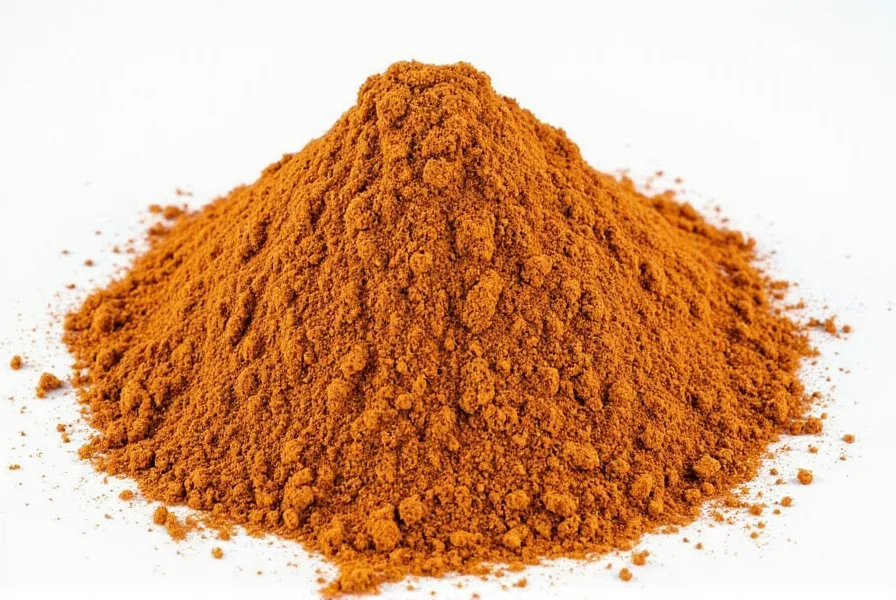
What Makes Up Adobo Powder?
Traditional Latin American adobo powder typically includes garlic powder, onion powder, oregano, cumin, paprika, black pepper, and salt. Some variations may include chili powder for heat or coriander for citrus notes. Unlike Filipino adobo (which uses vinegar and soy sauce), this dry blend is designed for quick seasoning without marinating time.
| Spice | Flavor Profile |
|---|---|
| Garlic Powder | Savory, pungent |
| Onion Powder | Sweet, earthy |
| Oregano | Earthy, slightly bitter |
| Cumin | Warm, nutty |
| Paprika | Smoky, sweet |
| Black Pepper | Pungent, spicy |
| Salt | Salty, flavor enhancer |
How to Use Adobo Powder in Cooking
Adobo powder is incredibly versatile for Latin American dishes. Here are practical applications:
- Meat Rub: Mix with olive oil and coat chicken, pork, or beef before grilling or roasting for bold flavor penetration.
- Stews and Soups: Stir 1-2 teaspoons into beans, rice dishes, or tomato-based soups for depth of flavor.
- Vegetables: Sprinkle over roasted potatoes, bell peppers, or cauliflower for a savory side dish.
- Seafood: Lightly coat shrimp or fish before cooking for authentic Latin American taste.
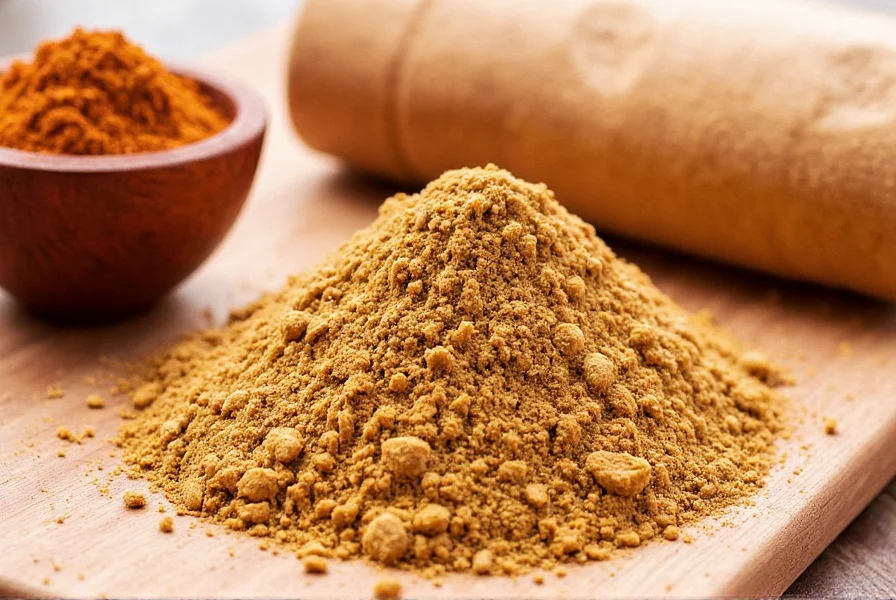
Adobo vs. Other Spices: A Comparison
Understanding how adobo powder differs from other spice blends helps maximize its culinary potential:
| Spice Blend | Key Ingredients | Flavor Profile | Best For |
|---|---|---|---|
| Adobo Powder | Garlic, onion, oregano, cumin, paprika | Savory, smoky, aromatic | Latin American meats, rice, beans |
| Chili Powder | Chili peppers, cumin, garlic, oregano | Spicy, smoky, earthy | Mexican dishes, chili, tacos |
| Italian Seasoning | Oregano, basil, thyme, rosemary | Herbaceous, fresh, mild | Pasta, pizza, tomato sauces |
| Cajun Seasoning | Paprika, cayenne, garlic, onion | Spicy, robust, smoky | Creole dishes, seafood, grilled meats |
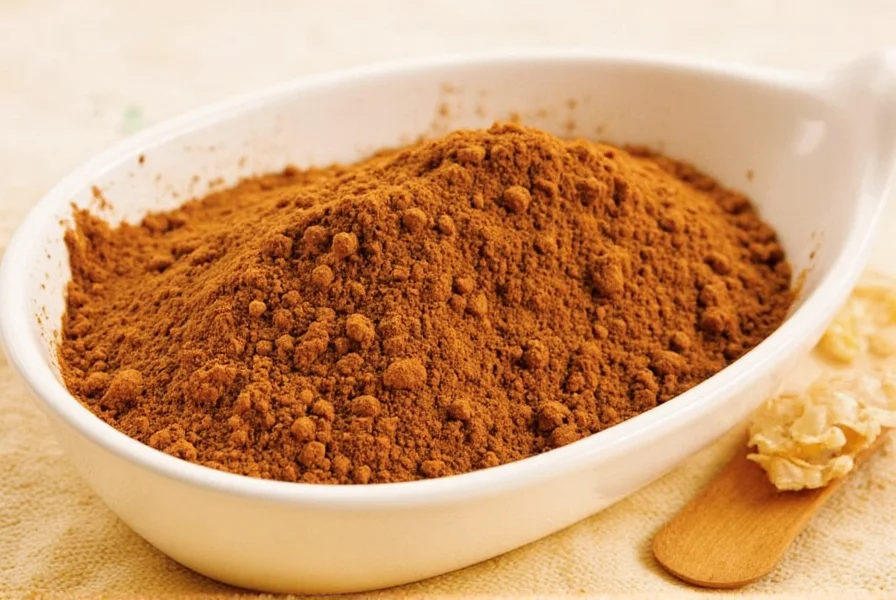
Buying Guide for Adobo Powder
When selecting authentic Latin American adobo powder, consider these factors:
Features
- Authentic Brands: Look for products from Puerto Rican or Mexican brands like Goya, Badia, or Sazón for traditional flavor profiles.
- Ingredient Quality: Choose blends with whole spices rather than fillers like maltodextrin or anti-caking agents.
- Consistency: Fine-grained powder ensures even distribution and better flavor release during cooking.
Advantages
- Versatility: Works with chicken, pork, fish, beans, rice, and vegetables.
- Time-Saving: No marinating required - season and cook immediately.
- Flavor Consistency: Delivers reliable taste compared to homemade blends.
Use Cases
- Grilled Meats: Perfect for chicken thighs, pork chops, or skirt steak.
- Rice Dishes: Enhances arroz con pollo or jambalaya.
- Vegetarian Options: Adds depth to roasted vegetables or black bean soup.
- Snack Seasoning: Sprinkle on popcorn or roasted nuts for savory snacks.
Target Audience
- Home Cooks: Ideal for quick weeknight meals with authentic Latin flavors.
- Food Enthusiasts: Expands culinary repertoire with global flavors.
- Professional Chefs: Reliable seasoning for restaurant-quality dishes.
Suitable Occasions
- Weeknight Dinners: Quick seasoning for busy evenings.
- Weekend Grilling: Elevates barbecue dishes with minimal prep.
- Cultural Cooking: Essential for authentic Latin American recipes.
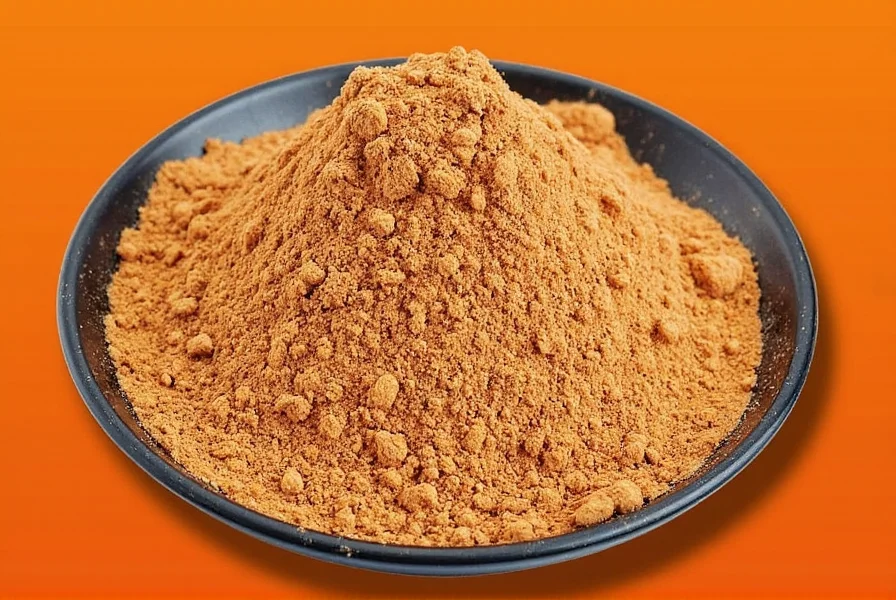
Frequently Asked Questions About Adobo Powder
Is adobo powder the same as Filipino adobo?
No. Traditional Filipino adobo is a wet cooking method using vinegar, soy sauce, garlic, and spices to marinate meat. Adobo powder is a dry Latin American spice blend for seasoning. The terms share Spanish origins but refer to completely different culinary products.
What does adobo powder taste like?
Adobo powder has a savory, aromatic profile with prominent garlic and onion notes, earthy cumin, smoky paprika, and herbal oregano. It's not typically spicy unless chili powder is added. The flavor enhances without overpowering other ingredients.
Can I make my own adobo powder at home?
Yes. Combine 2 tablespoons garlic powder, 1 tablespoon onion powder, 1 tablespoon dried oregano, 1 tablespoon ground cumin, 1 tablespoon paprika, 1 tablespoon black pepper, and 1.5 tablespoons salt. Store in an airtight container. Adjust proportions to taste preferences.
Is adobo powder gluten-free?
Most pure adobo powder blends are naturally gluten-free as they contain only spices. However, check labels for potential cross-contamination in facilities that process wheat products. Reputable brands like Goya and Badia typically label their products as gluten-free.
How should I store adobo powder?
Store in an airtight container away from heat, light, and moisture. Keep in a cool pantry (not above the stove). Properly stored, it maintains potency for 6-12 months. Avoid refrigeration as moisture can cause clumping.
What dishes work best with adobo powder?
Adobo powder shines in Latin American dishes: grilled chicken (pollo adobo), roasted pork (lechón), black beans, rice dishes, shrimp, and roasted vegetables. It also enhances soups, stews, and even popcorn for savory snacks.
Conclusion
Adobo powder is a versatile Latin American spice blend that brings authentic, savory flavors to countless dishes with minimal effort. Unlike the wet Filipino adobo cooking method, this dry seasoning offers convenience without compromising on taste. Whether you're grilling chicken, seasoning beans, or adding depth to roasted vegetables, adobo powder is an essential tool for home cooks seeking global flavors. For the best results, choose authentic brands and store properly to maintain freshness.
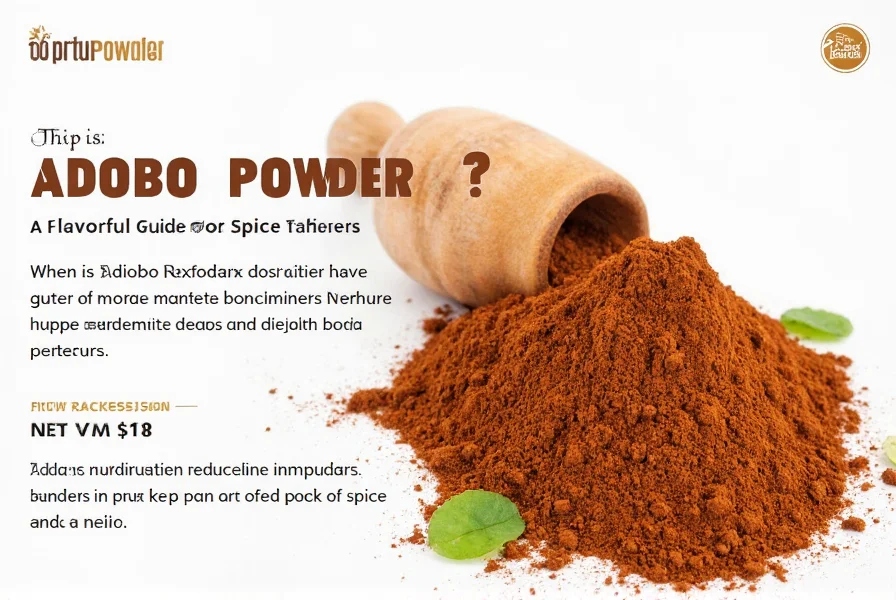

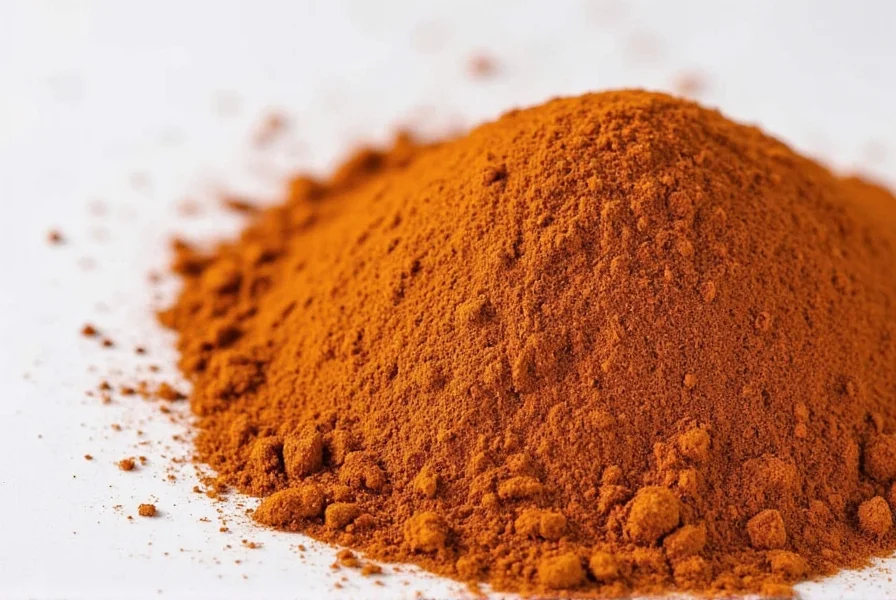









 浙公网安备
33010002000092号
浙公网安备
33010002000092号 浙B2-20120091-4
浙B2-20120091-4